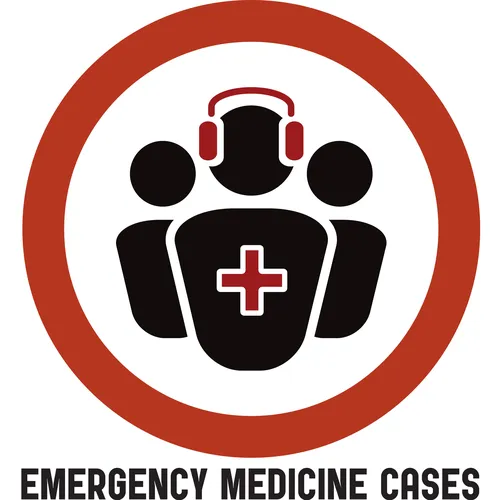Episode 78 Anaphylaxis and Anaphylactic Shock – Live from The EM Cases Course
- Author
- Dr. Anton Helman
- Published
- Tue 15 Mar 2016
- Episode Link
- https://emergencymedicinecases.com/anaphylaxis-anaphylactic-shock/
Written Summary and blog post written by Anton Helman, March 2016
This podcast was recorded live at The EM Cases Course
at North York General Hospital in Toronto February 2016
CASE 1: A 37 year-old otherwise healthy woman comes in to your ED complaining of an itchy red rash that started soon after eating some seafood at a restaurant. She complains of a scratchy feeling in her throat, but denies any difficulty breathing, speaking or swallowing. She denies lip or tongue swelling, SOB, abdominal pain, vomiting or fever. On exam, her vitals are normal. She appears uncomfortable, scratching at her neck with an obvious raised patchy red urticarial rash all over her neck and torso. Her voice is normal, lips and tongue do not appear swollen, there’s no stridor and her chest is clear.
Q1: Is this anaphylaxis or is this simply an allergic reaction that we don’t have to treat aggressively?
Diagnostic Criteria for Anaphylaxis
Anaphylaxis is highly likely when any one of the following three criteria is fulfilled:
1. Acute onset of an illness (minutes to hours), with involvement of the skin, mucosal tissues, or both AND at least one of the following:
* Respiratory compromise
* Reduced blood pressure or associated symptoms of end‐organ dysfunction
2. Two or more of the following that occur rapidly (minutes to hours) after exposure to a likely antigen for that patient:
* Involvement of the skin‐mucosal tissue
* Respiratory compromise
* Reduced blood pressure or associated symptoms of end‐organ dysfunction d. Persistent gastrointestinal symptoms
3. Reduced blood pressure after exposure to a known allergen for that patient (minutes to hours)
* Infants and children: low systolic blood pressure (age‐specific) or >30% decreased in systolic blood pressure
* Adults: systolic blood pressure 30% decrease from that patient’s baseline
Adapted from: Sampson HA, Munoz‐Furlong A, Bock SA, et al. Symposium on the definition and management of anaphylaxis: summary report. J Allergy Clin Immunol 2005; 115:584‐91.
Note that according to this definition of anaphylaxis, isolated hypotension after an allergen exposure can be diagnostic for anaphylaxis, and that anaphylaxis can occur without any skin manifestations.
The importance of epinephrine timing, location and dose in anaphylaxis
Q2: Is epinephrine indicated for this patient?
If the "scratching feeling in her throat" is deemed by you to be a significant respiratory symptom that indicates any compromise, then according to the definition, this patient fulfills the diagnostic criteria for anaphylaxis.
All patient who fulfill the criteria for anaphylaxis require the administration of epinephrine. Epinephrine is the only drug to show a mortality benefit in the management of anaphylaxis.
Q3: How will you administer the epinephrine in the ED? What route, what location, what dose?
Epinephrine should be administered as soon as the diagnosis of anaphylaxis is made intramuscularly in the anterolateral thigh. Administering epinephrine IM in the deltoid muscle is not recommended. That means, the patient needs to disrobe in order to access the thigh. Intramuscular administration of epinephrine in the anterolateral thigh reaches the maximal epinephrine serum concentration seven approximately 7 times faster compared to the arm. Subcutaneous injections should be avoided. Peak concentrations of epinephrine occurs in approximately 8 minutes when administered intramuscularly compared to approximately 34 minutes for subcutaneous injections.
Q4: One of the more common causes of death in anaphylaxis i...
